
Part of Her World: The Little Mermaid and Disney's revival
By the late 1980s, Walt Disney’s empire had fallen on hard times. Following Disney’s death in 1966, his company’s signature animated films had underperformed at the box office. Walt Disney World had opened in Florida but had cost so much to build it hadn’t yet turned a profit.
But then a leftover animated story from the 1930s that never got made popped up and was turned into a musical. Disney Studios chief Jeffrey Katzenberg took a chance on the movie.
The result — “The Little Mermaid,” which was released 35 years ago Sunday — launched what became known as the Disney Renaissance.
The Revival of Disney Animation
After the phenomenal success of his first full-length animated feature, “Snow White and the Seven Dwarfs” in 1937, Walt Disney planned a film that would package a number of Hans Christian Anderson fairy tales.
Disney liked “The Little Mermaid” — it was “a story with heart,” he said — but postponed that project in favor of another Hans Christian Anderson short, “The Ugly Duckling,” which was released in 1939. After that, the studio turned to wartime propaganda films for the U.S. government.
Flash forward a half-century, when Disney’s fortunes weren’t so bright. Searching for a follow up to the 1986 film “The Great Mouse Detective,” an idea was hatched to revive “The Little Mermaid.”
Scriptwriters set about turning Anderson’s downer of an ending into a properly Disneyfied happy one while Disney studio chief Jeffrey Katzenberg — pleased with the way the musical film “Oliver & Company” was turning out — set out to add music to the tale.
Katzenberg brought in one of the hottest teams around: composer Alan Menken and lyricist Howard Ashman, who had wowed Broadway with “Little Shop of Horrors.”
Disney then went all-in with “The Little Mermaid,” even opening a second animation studio at Walt Disney World in what would become Disney-MGM Studios theme park. That facility’s first tasks was to create a short Roger Rabbit film, “Roller Coaster Rabbit” and to support the making of “The Little Mermaid.”
“The Little Mermaid” was released on Nov. 17, 1989, and was the sixth highest-grossing film of 1989. Disney would go on to have great success with animated feature films for decades after.
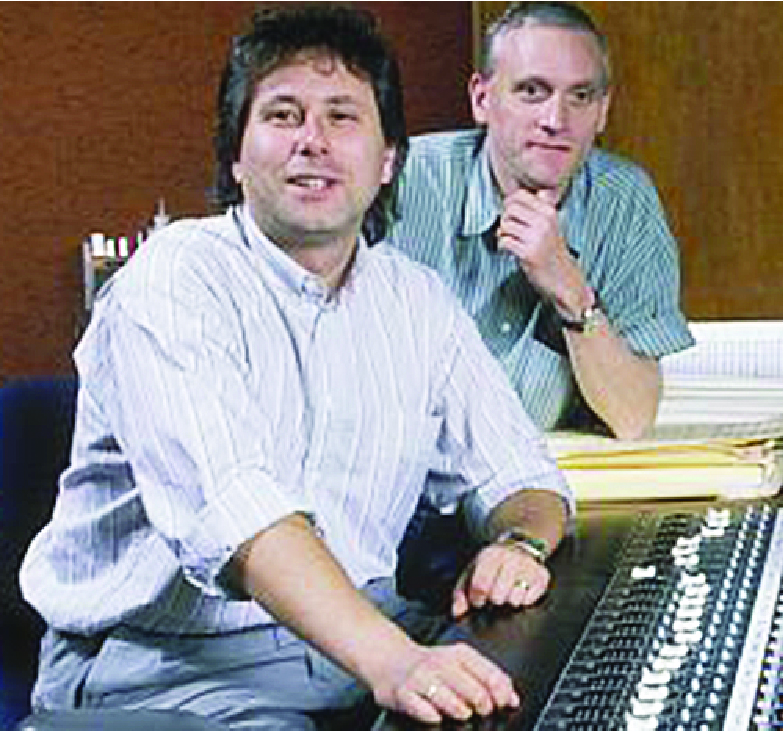
Alan Menken and Howard Ashman
The Making of Ariel's World
Alyssa Milano — who, at the time, co-starred on the TV sitcom “Who’s the Boss?” — was the physical model for Ariel. To model her hair underwater, animators were inspired by footage of space shuttle astronaut Sally Ride. They made Ariel’s hair red to distinguish her from Daryl Hannah in the 1984 film “Splash.” Jodi Benson provided the voice of Ariel.
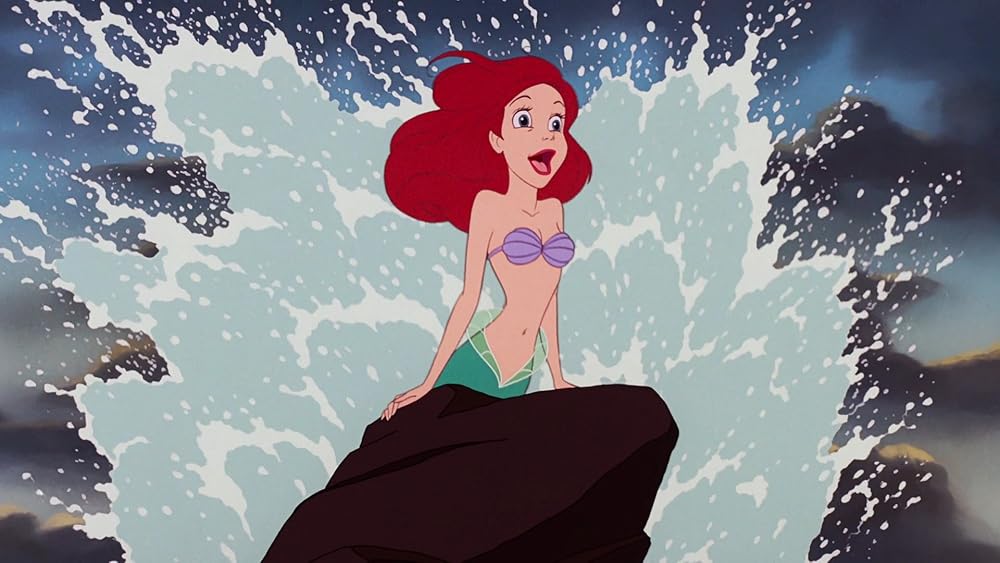
The part woman, part octopus villain, Ursula, was based on a famous drag actor, Divine. Producers wanted Bea Arthur as the voice of Ursula but also considered Jennifer Saunders and Rosanne Barr. Elaine Stritch was hired, but her singing style conflicted with the lyrics she was to sing, so she was replaced at the last minute by Pat Carroll.
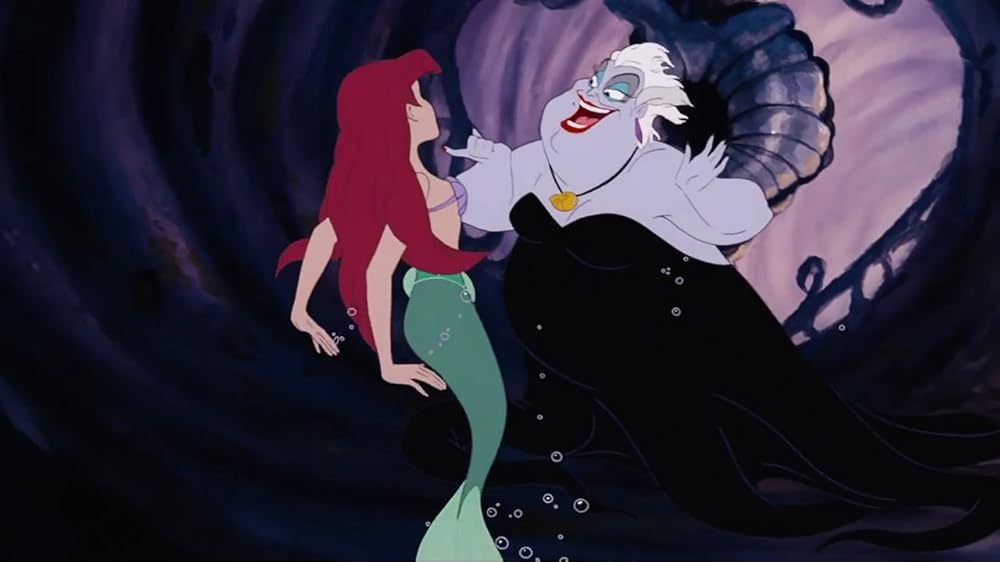
Jim Carrey tested for the role of Ariel’s love interest, Prince Eric. Matthew Broderick was considered for the role and went on to play the adult Simba in “The Lion King,” five years later. Eric’s voice was played by Christopher David Barnes, who was 16 years old at the time. Barnes would go on to voice Spider-Man in that character’s 1990s animated TV series.
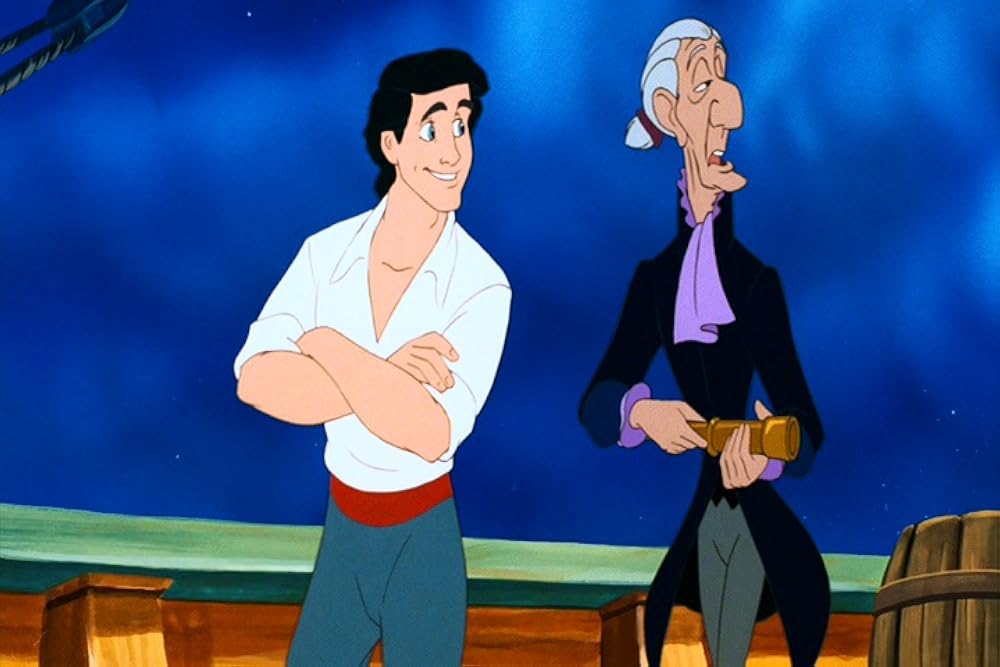
Only after Ben Wright was hired as the voice of Prince Eric’s valet, Grimsby, did he reveal to Disney casting staffers that he had also played the voice of Roger in “One Hundred and One Dalmatians” in 1961 and Rama in “The Jungle Book” in 1967. Wright had heart surgery after production and died four months before “The Little Mermaid” was released.
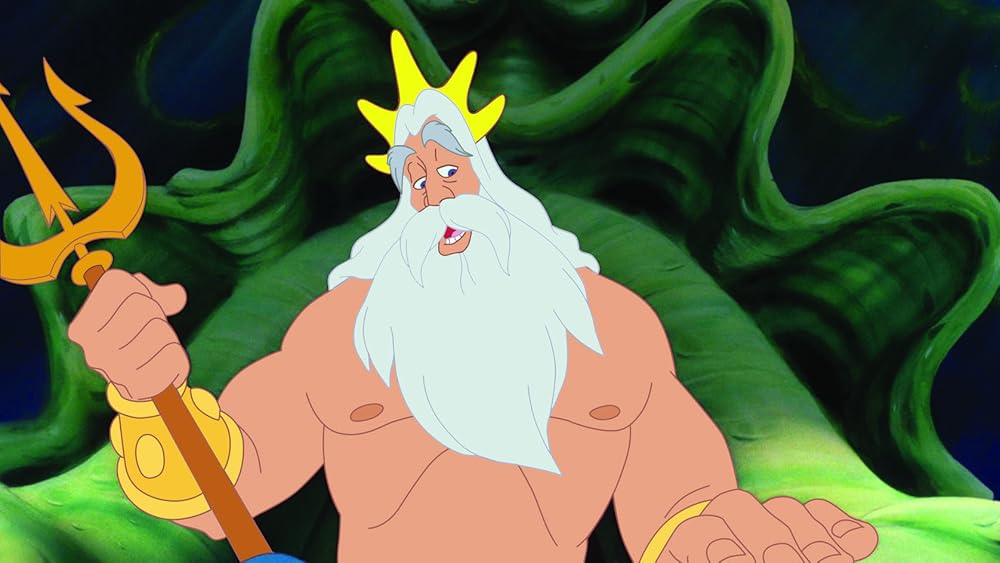
After animator Glen Keane watched footage of Jodi Benson singing “Part of Your World” he went to a studio executive and pleaded for the chance to animate Ariel himself. For years, Keane said he hated the bit with Ariel reaching toward the surface in that song until a young woman approached him once and told him how much that scene had inspired her.
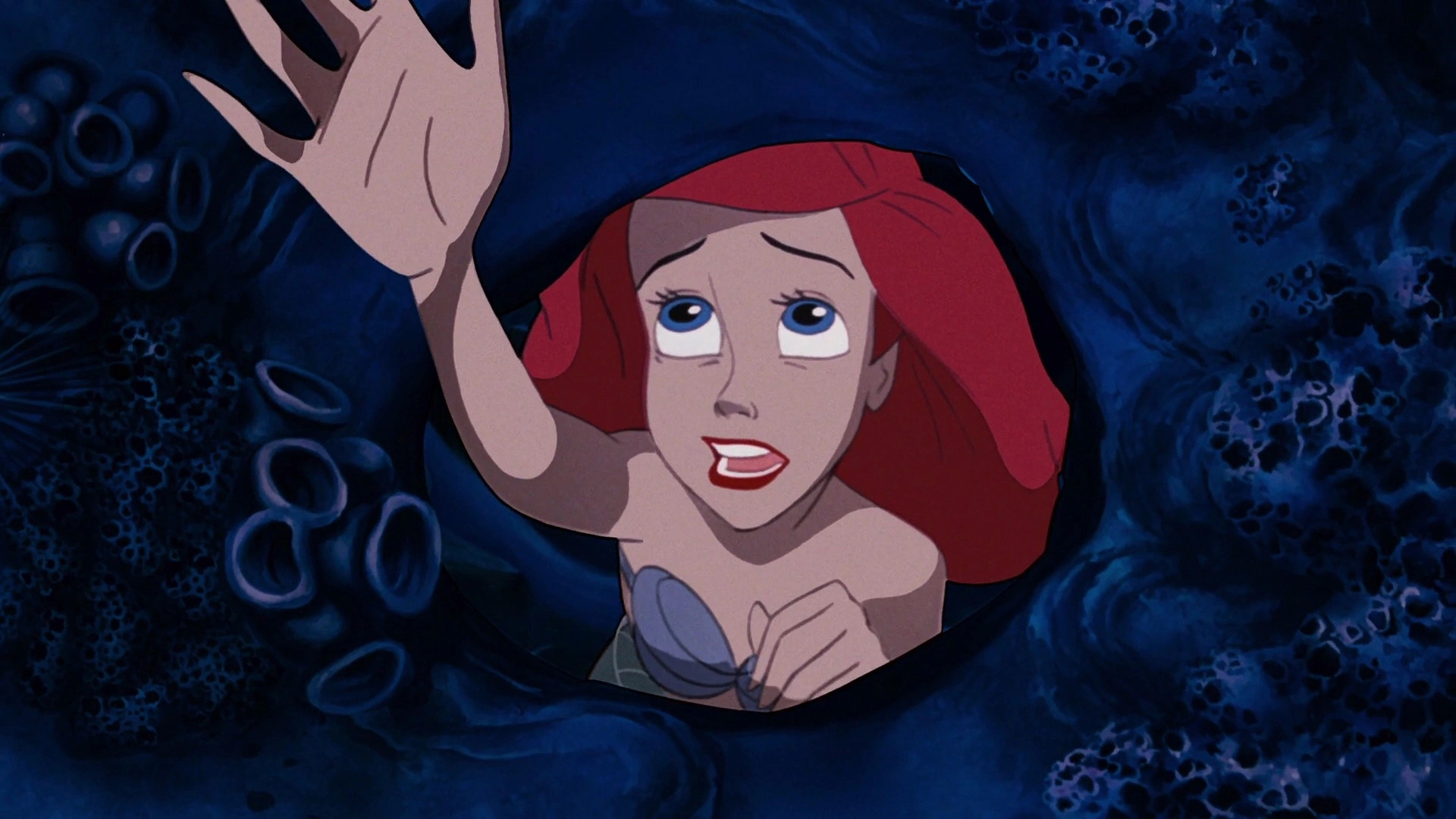
As the movie neared completion and was shown at test screenings, Katzenburg expressed displeasure with two numbers, “Part of your World” and “Kiss the Girl.” Ashman felt wounded while Keane pushed hard to keep both songs in their entirety. Katzenburg relented. “Kiss the Girl” would go on to win an Academy Award for Best Original Song.

In addition, Menken’s work on “The Little Mermaid” would win an Oscar for Best Original Score. He’d repeat that feat for three of the next four Disney animated films: “Beauty and the Beast” in 1991, “Aladdin” in 1992 and “Pocahontas” in 1995. Hans Zimmer would win Best Original Score for “The Lion King” in 1994.
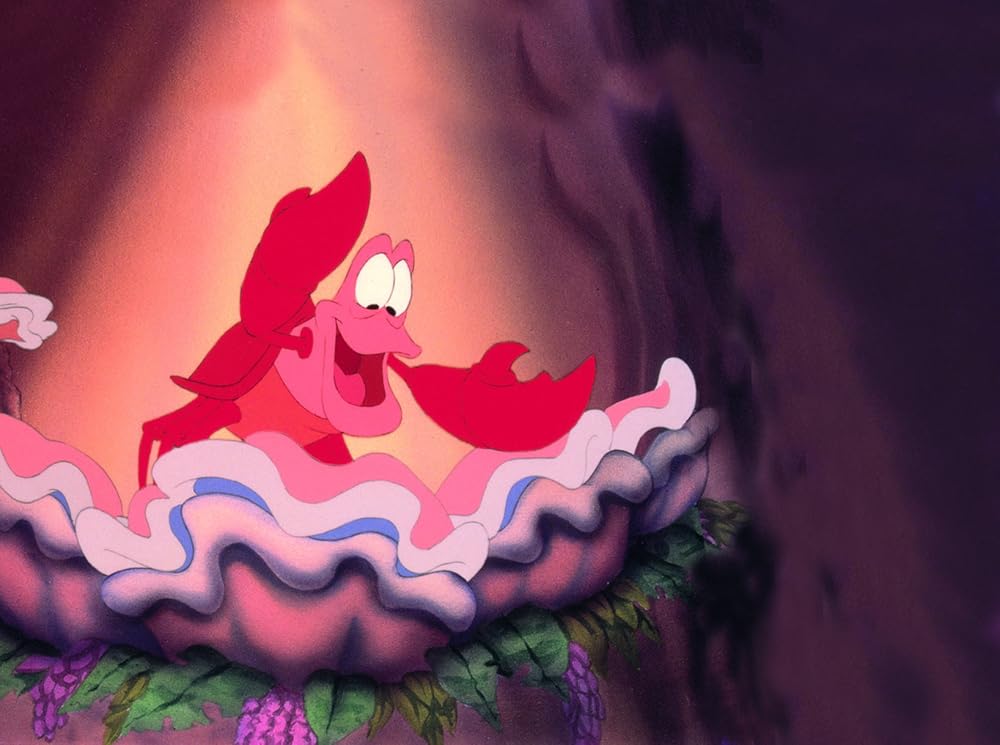
Directors insisted every one of the millions of bubbles shown in the underwater scenes be hand-drawn, not photocopied. This led Disney to farm out the creation of bubbles to Pacific Rim Productions, based in Beijing. Animators there worked on bubbles while students demonstrated just a few blocks away at Tiananmen Square.
While much of Hans Christian Anderson’s original story was kept in the film, some things were changed. However, Ariel doesn’t turn back into a mermaid at the end of the original story. When the sun rises on the last day, she turns to foam and dies. Anderson later updated his story so that Ariel becomes a daughter of the air and rises to heaven.